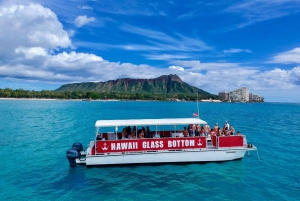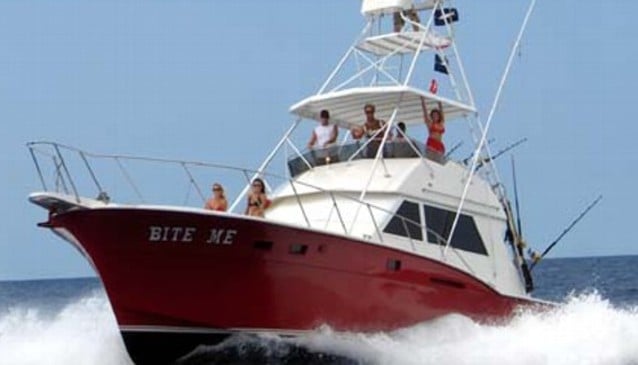Hawaii Beach Safety
You have meticulously unpacked your suitcase in the hotel room, changed into your beachwear, and grabbed a hotel towel on your way down to sandy paradise. The sun is likely too bright for you to see sunburned tourists lining the beach, reddened after only twenty minutes of sitting on their beach towel.
Don't start your vacation off with a red face! Heed the tips below.
Sun Exposure
With Hawaii so close to the equator, the sun's rays are much stronger than anywhere in the United States or Europe, averaging 6-7 on the UV scale in the winter and 9+ during summertime. Use sunscreen often, as a bad burn can ruin your holiday. Check today's UV index in Hawaii.

| UV Rating | Time until Burn | Precautions | |
| 1-2 | Low | 1 hr + | Low danger of UV damage for the average person. |
| 3-5 | Moderate | 45 min | Risk of harm from UV is moderate. Cover up or stay in shade mid-day when the sun is the strongest. |
| 6-7 | High | 30 min | Apply sunscreen with min SPF of 15. Wear sunglasses and note sun rays are strongest between 10am-4pm. |
| 8-10 | Very High | 20-25 min | Apply sunscreen and wear a shirt or covering, sunglasses, and a hat. |
| 11+ | Extreme | < 15 min | Take all precautions as skin can burn in minutes. Seek shade, avoid sun exposure between 10am-4pm. Wear a hat, sunglasses, and long sleeved shirt. |
Portuguese Man of War

Not deadly, but the trailing tentacles of these little jellyfish can inflict a painful sting. Man of war's cannot swim, but have a small air sac that allows them to float with the current. They are typically at the mercy of the wind, which can blow them towards the shoreline and into unwary swimmers. If stung, remove tentacle (with a towel, stick, or sandal - not your hand) then rinse well in a nearby freshwater shower. A nearby lifeguard, hotel, or ABC store can provide you with an icepack to dull the pain. Medical attention is usually not necessary, unless the person has an allergic reaction.
Sharks
Yes Hawaii has sharks but do not waste your time worrying about a shark attack as these are very rare. Follow the typical advice; don't swim at dawn or dusk which is a shark's feeding time and don't imitate a seal by lying on a surfboard with your hands and feet dangling like seal fins as this shape can look like a shark's natural prey. If you happen to see a shark, which I have yet to do in my years on the island, except during a shark encounter tour, swim away slowly. A shark will not be interested in this behavior. Whatever you do, do not flail and splash like a distressed fish as this will command the shark's attention. The ocean can be a dangerous place, but you are more likely to slip on a seashell on your way to the water than to be bothered by a shark.
Box Jellyfish
 The box jellyfish in Hawaii will not cause you any issues if you read beach signs and understand their habits. Hawaii's box jellyfish are very predictable creatures. They migrate to the shore to spawn about 10 days after a full moon and then they retreat back to the ocean. Signs are posted during this period (on popular beaches) to warn swimmers. Note that box jellyfish will typically frequent the south and west shores of Hawaii and although their sting is painful, the species that frequent Hawaii are not deadly. If stung, remove the tentacle with a beach towel or other handy item and douse the area with white vinegar or rinse with water. Apply an icepack to dull the pain.
The box jellyfish in Hawaii will not cause you any issues if you read beach signs and understand their habits. Hawaii's box jellyfish are very predictable creatures. They migrate to the shore to spawn about 10 days after a full moon and then they retreat back to the ocean. Signs are posted during this period (on popular beaches) to warn swimmers. Note that box jellyfish will typically frequent the south and west shores of Hawaii and although their sting is painful, the species that frequent Hawaii are not deadly. If stung, remove the tentacle with a beach towel or other handy item and douse the area with white vinegar or rinse with water. Apply an icepack to dull the pain.
Explore some of Oahu's best beaches.
Hawaii has some of the most beautiful beaches in the world. Please do your part to keep our beaches and oceans clean. Take everything off the beach that you brought with you including plastic wrappers and empty bottles. Mahalo!


















